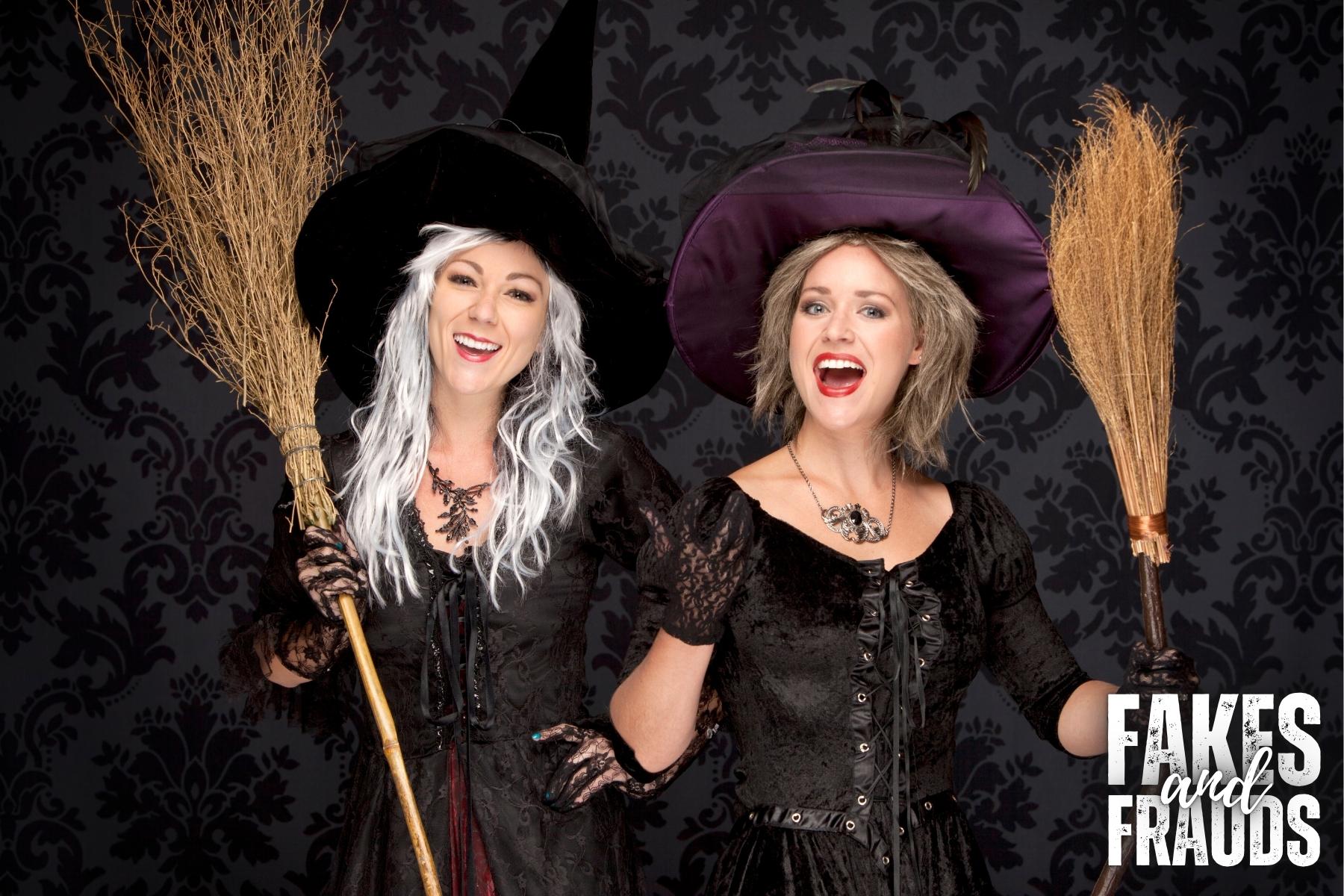Once upon a time, calling yourself a witch meant something. It meant clandestine gatherings, serious study, an uncomfortable familiarity with poison gardens, and a decent chance of being set on fire by your neighbors. It was not, I assure you, a lifestyle choice you arrived at after fifteen minutes on TikTok and a particularly inspiring trip to a crystal kiosk at the mall.
Enter the modern phenomenon of the Social Media Witch: young women (and the occasional spiritually confused boyfriend) who have decided, seemingly overnight, that draping themselves in velvet, posting moon selfies, and stockpiling tarot decks they barely know how to shuffle makes them powerful agents of unseen forces. Witchcraft today has been rebranded — not as a dangerous, difficult, and deeply nuanced tradition, but as a charming aesthetic you can buy for $39.95 on Etsy, plus shipping.
In this brave new world of self-declared sorcery, ancient grimoires have been replaced by pastel-colored planners full of motivational quotes. Sacred rites are now “manifestation baths,” where you dunk yourself in essential oils and demand the universe pay your rent. Spellwork has been flattened into “wishcraft” — because what most of these modern witches practice isn’t craft at all. It’s wishing. It’s moodboarding. It’s emotional scrapbooking with a few herbs sprinkled on top for flavor. It’s cosplay for people who think setting an intention while lighting a pumpkin-scented candle is the same as bending cosmic forces to your will.
Their sacred tools? A rose quartz facial roller, a soy wax candle from Bath & Body Works, and a heavily filtered Instagram account. Their sacred texts? Buzzfeed quizzes and Pinterest boards titled “Witchy Vibes ✨✨✨.” Their sacred altar? A nightstand cluttered with pumpkin spice lattes, sponsored influencer PR boxes, and a half-melted Trader Joe’s candle labeled “Mystic Mist.” Powerful energy work, indeed.
And heaven help you if you question any of it. Daring to suggest that maybe, just maybe, genuine magical practice requires more than chanting “abundance” three times over a soy latte will earn you the digital equivalent of a public stoning: floods of snake emojis, furious TikTok stitches, and possibly a very stern hex involving a handful of glitter and a Sharpie marker. The Social Media Witch will not suffer skeptics lightly, for their true faith — the one they really practice — is the worship of their own personal brand.
What we are witnessing is not the resurgence of ancient wisdom. It’s the commodification of yearning, the mass-marketing of dissatisfaction wrapped in black lace and glitter. It’s a desperate, soft-focus attempt to feel powerful without actually becoming powerful. Real magic — real change — demands discipline, effort, risk. Wishcraft demands only that you say you’re special, add three hashtags, and wait for the likes to roll in.
The Social Media Witch doesn’t need familiars, rituals, or esoteric knowledge. She needs engagement. She needs followers. She needs her Amazon storefront linked in bio, right underneath a post about her “super powerful full moon intention setting ceremony” (filmed in cinematic slow-motion, naturally).
The great, tragic irony is that, deep down, the modern witch movement could have been something powerful. It could have been a reclamation of independent thought, a return to the natural world, a defiant rejection of cultural stupidity. But wishcraft was easier. Prettier. Easier to monetize.
So here we are. A generation of witches casting spells with coupon codes and measuring their power in retweets.
If there’s any real magic happening here, it’s the astounding ability to turn ancient tradition into social media fodder — and to convince millions of people that buying another geode necklace is somehow an act of rebellion.

